Sin categorizar
Namaste Nepal: How I Learned to Live with Less and Appreciate Tunnels More
In Nepal, the greeting ‘Namaste’, while pressing both palms together in front of the chest, signifies both ‘hello’ and ‘goodbye’. It implies a circular concept of time that I rather like—I certainly think I will be coming back to this country of high mountains, valley forests, and yes, tunnels.
The Adventure Begins
When I first learned that I would be visiting Nepal to see a swift-moving tunnel project making an impact in a local community, I was pretty jazzed. I also took it upon myself to overpack. The Bheri Babai Diversion Multipurpose Project (or BBDMP for short) is a 12 km long tunnel that travels below protected forest considered part of the Bardia National Wildlife Reserve. This is an area home to tigers, rhinos, Asian elephants, leopards, and more. And, most worryingly for me, mosquitoes.
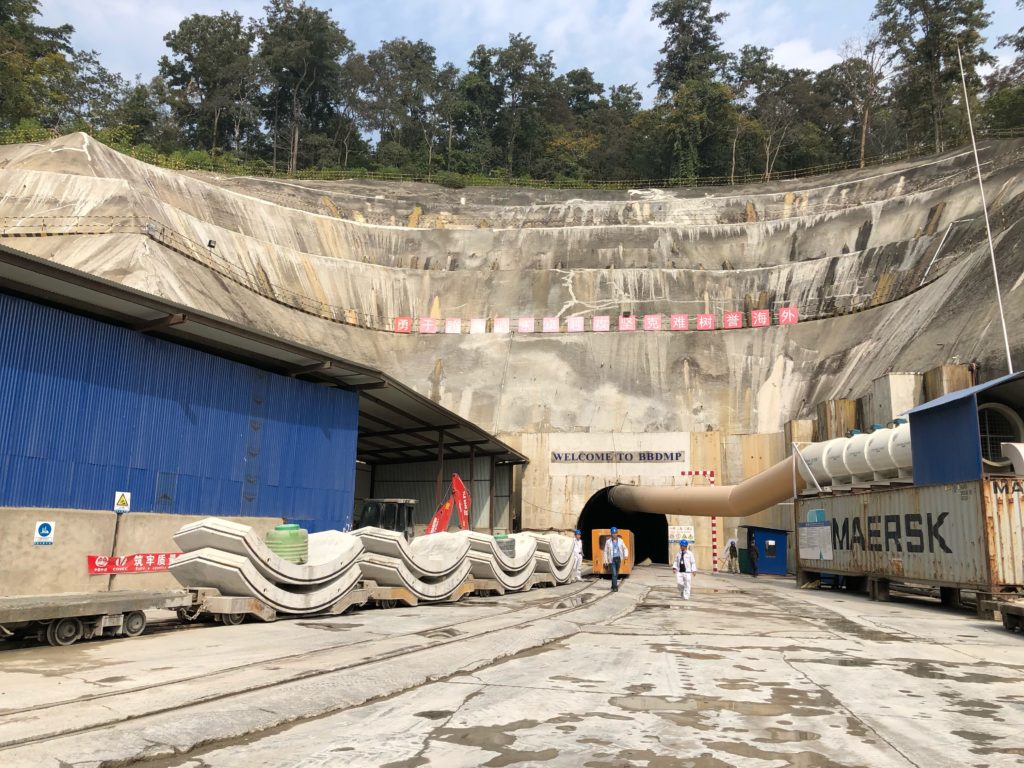
The BBDMP portal. Note the trees: perfect mosquito territory.
Mosquitoes love me. I’m not entirely sure why they love me so much, but let’s just say that if there’s a mosquito within a 2 km radius it will find me. Thus, I decided to be prudent and go all out when packing. I purchased a whole new set of safari clothes, the most potent bug spray I could find in copious amounts, and much, much more. I stuffed everything into two suitcases and set off on my journey.
A full 24 hours of traveling later (the journey from Seattle, USA to Kathmandu is no joke, folks), and I arrived in the Kathmandu airport…with no checked luggage. Through a gross miscalculation (what a way to learn a lesson!) I also had not packed hardly anything in my carry-on bag. I had no clothing with me, and more importantly, no bug spray. What was I to do?
Rolling with It
After discovering that my bags were several days away, I decided to forego any hope of reuniting with them during my trip. Instead, I rolled with it. After a one-hour local flight from Kathmandu to Nepalgunj, we arrived at our destination. Nepalgunj is a frenetic, dusty town located around 8 km from the Indian border and one hour from the BBDMP site. The culture is heavily influenced by India, and we had many meals of delicious spicy curry and fried bread. The streets were lined with small shops and marketplace stalls, but to my dismay, no department stores.
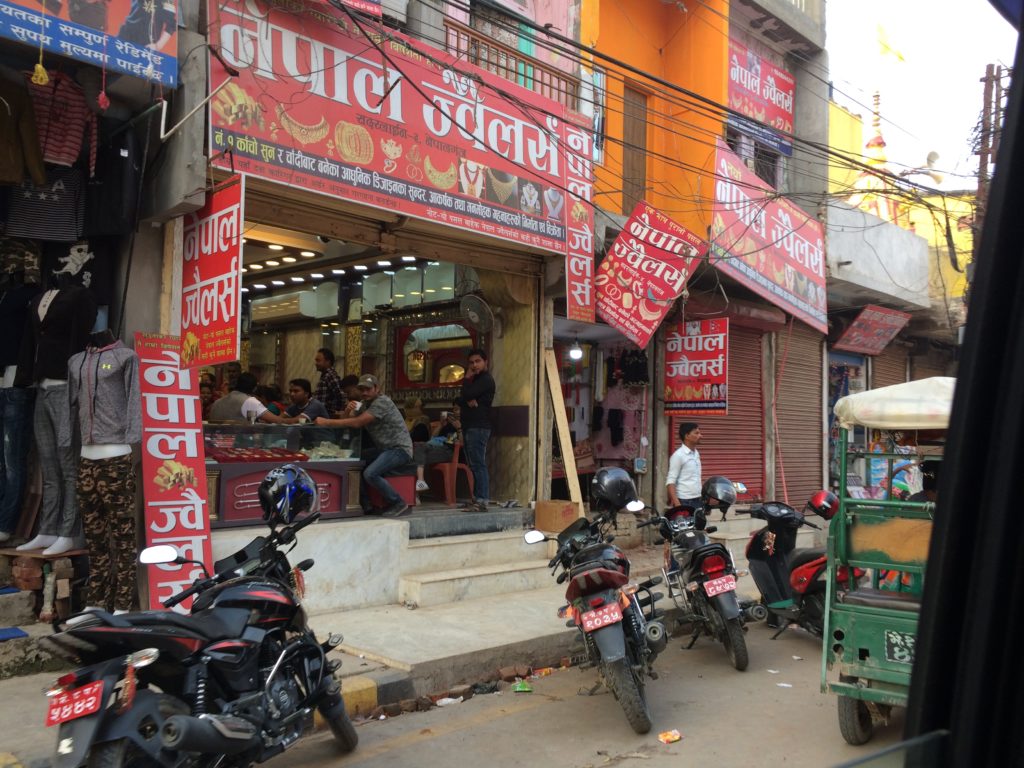
The crowded marketplace in Nepalgunj.
After a quick Google search my coworkers and our guests with us for the site visit headed to the nearest approximation, known as Rani Mart (Rani means ‘queen’ in Hindi). To my surprise, I purchased a whole new wardrobe and everything I needed for 1/10th of the price I would have paid for it in the U.S. (though the sizing on the tags was quite a bit larger!) I was feeling very pleased with myself.
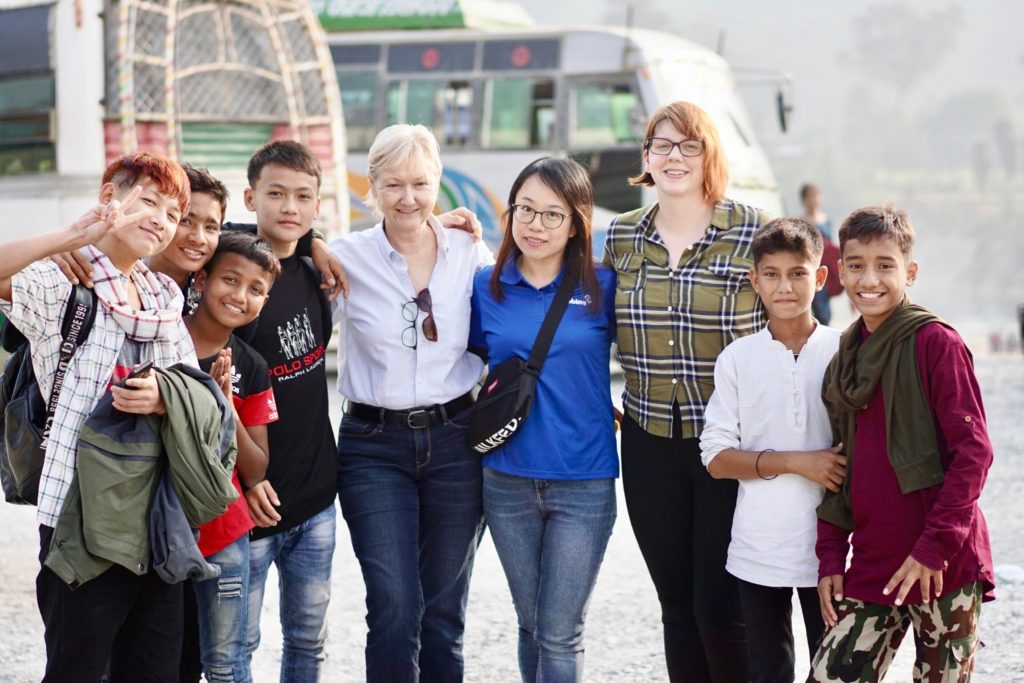
We took pictures with the local kids next to the BBDMP site. I’m the one rocking the green plaid shirt—the latest fashion from Rani Mart.
A Little Perspective
The next day we were ready to visit the jobsite. I couldn’t help but notice the rolling blackouts that plagued the city and the vast stretches of farmland requiring huge water resources. The people in the surrounding area make do with limited resources in ingenious ways—I was intrigued to see, for example, that every outlet requires you to flip an on-switch before the current becomes available. Perhaps we Americans could save significant energy if we made a setup like this a national standard. Local hotels, including one we stayed at, use solar panels for their power and air conditioning, and harvest rain water in order to reduce their usage.
All of this made me realize how much the BBDMP will impact the surrounding areas. This was confirmed in a meeting we had with Nepal’s Department of Irrigation (DOI), the project’s contractor China Overseas Engineering Group Co. Ltd. (COVEC), and consultant Geodata. The tunnel is sourcing water from the Bheri River to the Babai River, traveling through mountainous Himalayan geology known as the Siwalik Range. The water, as the project’s name suggests, is for multiple purposes. The estimated annual benefit in Nepalese Rupees is $2.9 billion for irrigation, and $4.3 billion for hydropower, making a total of $7.2 billion in benefits once the project becomes active.
The completed tunnel will irrigate 51,000 Ha of land and provide 48 MW annual generating capacity. That’s not to mention the environmental benefits: The Babai River currently swells each monsoon season and then runs extremely low in drier seasons. It is connected directly to the groundwater table, which is being aggressively depleted. With a regulated flow during all seasons, the groundwater table will see less depletion year-round.
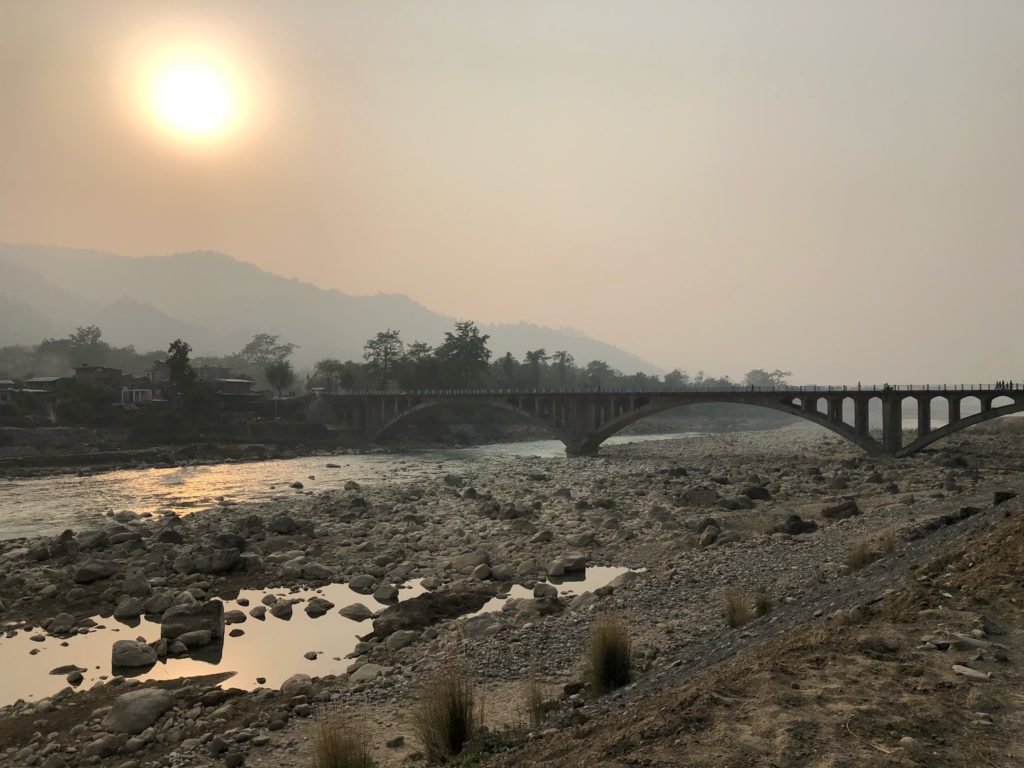
We crossed the Babai River on the way to the jobsite, seen here at low water levels.
The impact, in other words, is huge. Learning all of this made my obsession with my missing luggage seem inconsequential in comparison. I had my bug spray and some clothes. That was all I needed.
The First Nepalese TBM
With such a landmark project for the region, its proponents were willing to look to the latest technology during the planning phase. Our local representatives, MOSH Tunnelling, had been working since the 1990’s to bring a TBM to Nepal, a country known for its Drill & Blast tunneling. While TBMs had been considered multiple times, each time conventional tunneling had been chosen.
When the BBDMP was fast-tracked as one of the country’s “National Pride Projects” feasibility studies showed that Drill & Blast excavation could take as long as 12 years. The DOI needed a faster option, and they found it in TBMs. They began working with MOSH Tunnelling and Robbins to bring what would be the first Nepalese TBM ever into the country—a 5.06 m diameter Robbins Double Shield. The process for the DOI to acquire funding for the project and select a contractor through international competitive bidding took seven years, spanning from 2007 to 2015, when project commencement officially began.
Fast forward to our site visit in November 2018 and the project is far exceeding expectations. Tunneling has topped out at 1,202 m in one month with an average of around 740 m per month. The knowledgeable COVEC team have traversed a major fault zone, the Bheri Thrust, with no problems, and overcome a stuck TBM shield with a bypass tunnel constructed in just five days. Overall, the TBM is far ahead of schedule and the results are of national importance.
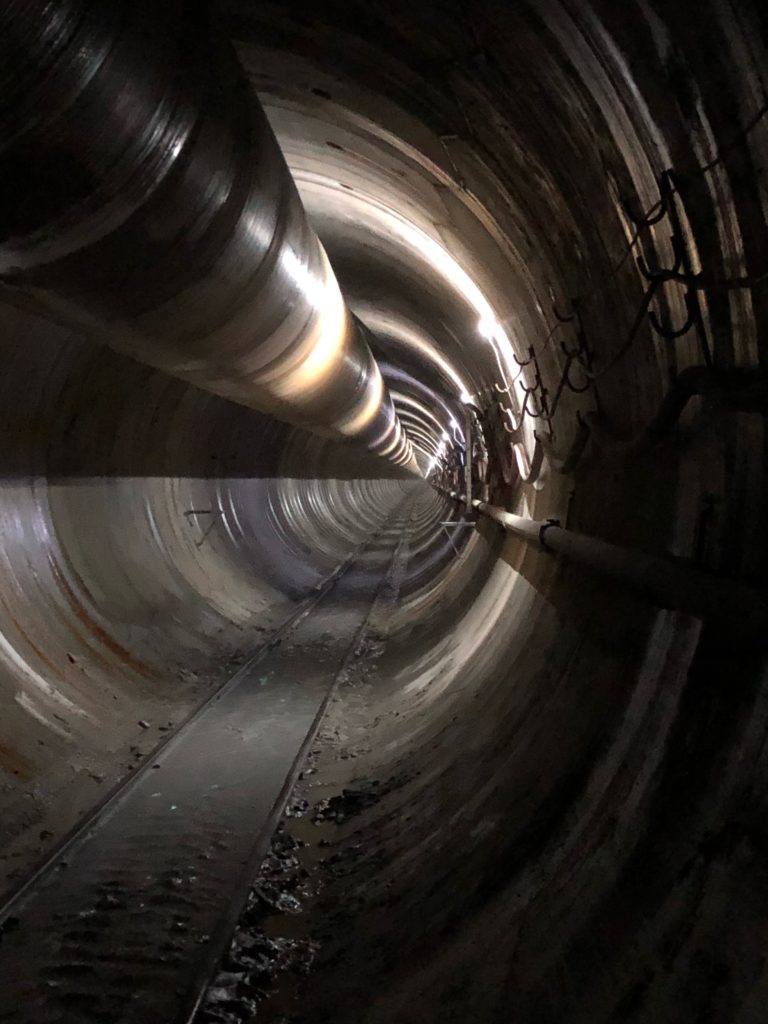
The tunnel is lined with hexagonal segments for rapid excavation.
The local community, national media, and government are all watching how the TBM excavation plays out at BBDMP. Given the strong performance, they are now considering TBMs for a host of future multipurpose water projects. It’s the kind of result that opens up a whole new marketplace.
Into the Forest
After a great site visit, we chose to relax for one day at a spectacular local lodge that offered jeep safaris into the Bardia Wildlife Reserve. Currently home to nearly 90 tigers (a number that is rapidly increasing through conservation efforts) we were hopeful of perhaps seeing one of the striped cats in the forest. Our guide was knowledgeable, our jeep sturdy and our driver adept as we traversed bumpy roads and forded a few streams on our safari drive. We saw mischievous macaques, tree-dwelling langurs, a host of brightly colored birds, and various deer. We saw several enticing tiger prints…but the tiger itself remained elusive. Obviously, this means that I must go back!
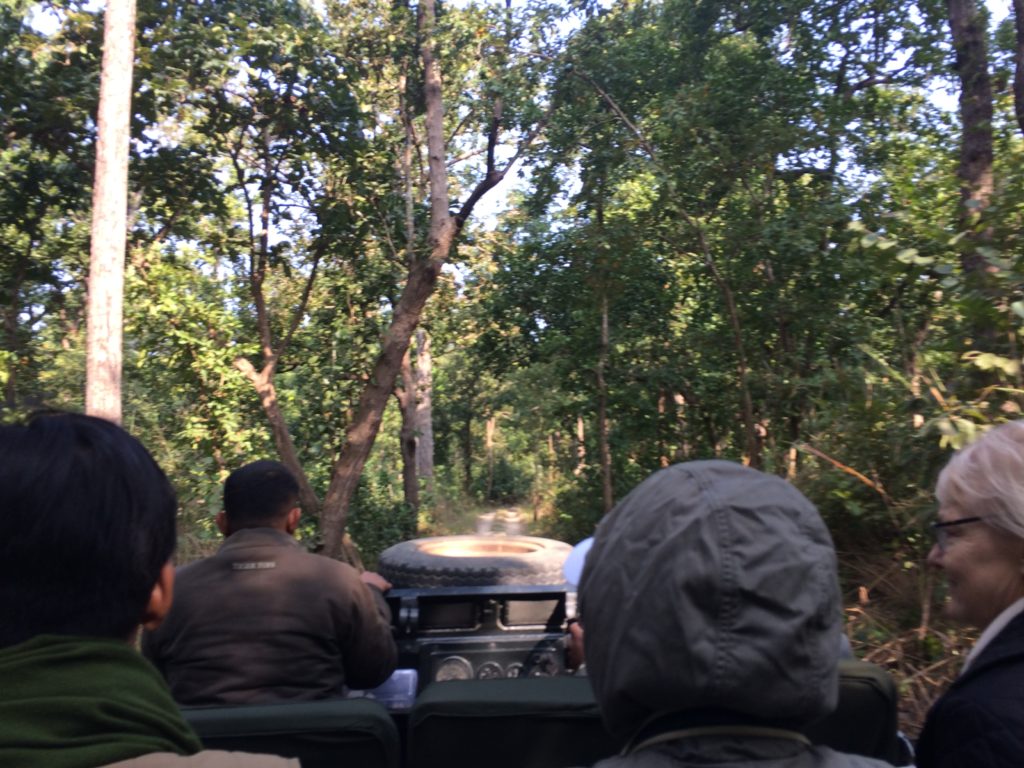
Over the river and through the woods…
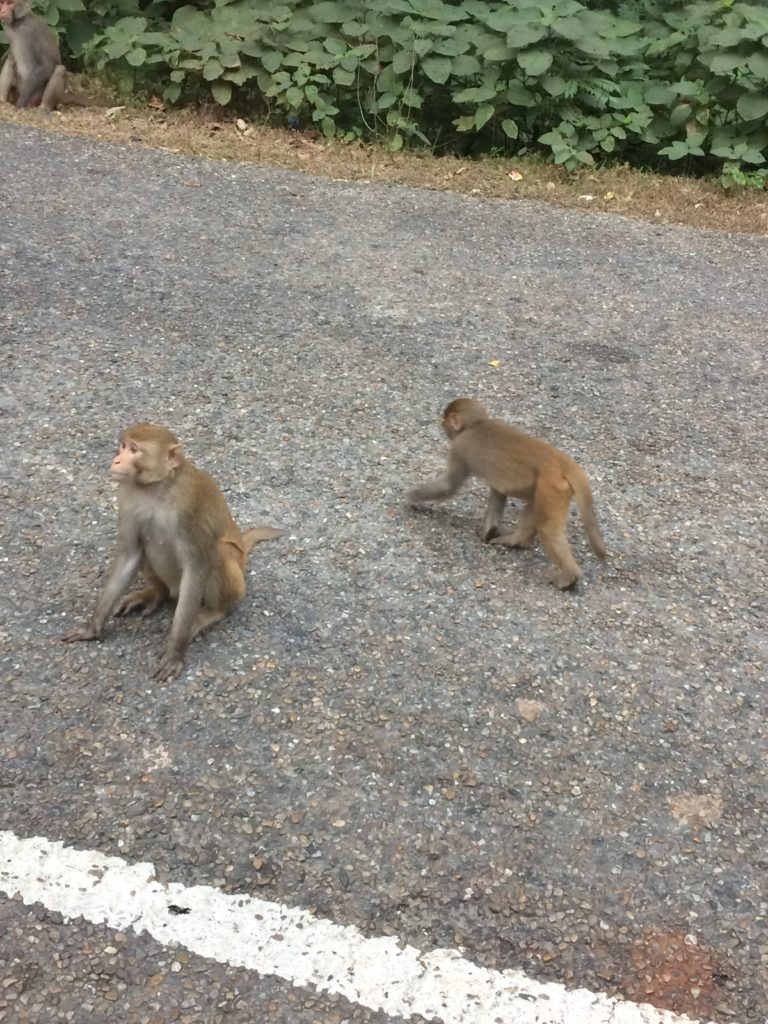
…past mischievous macaques waiting for food from tourists…
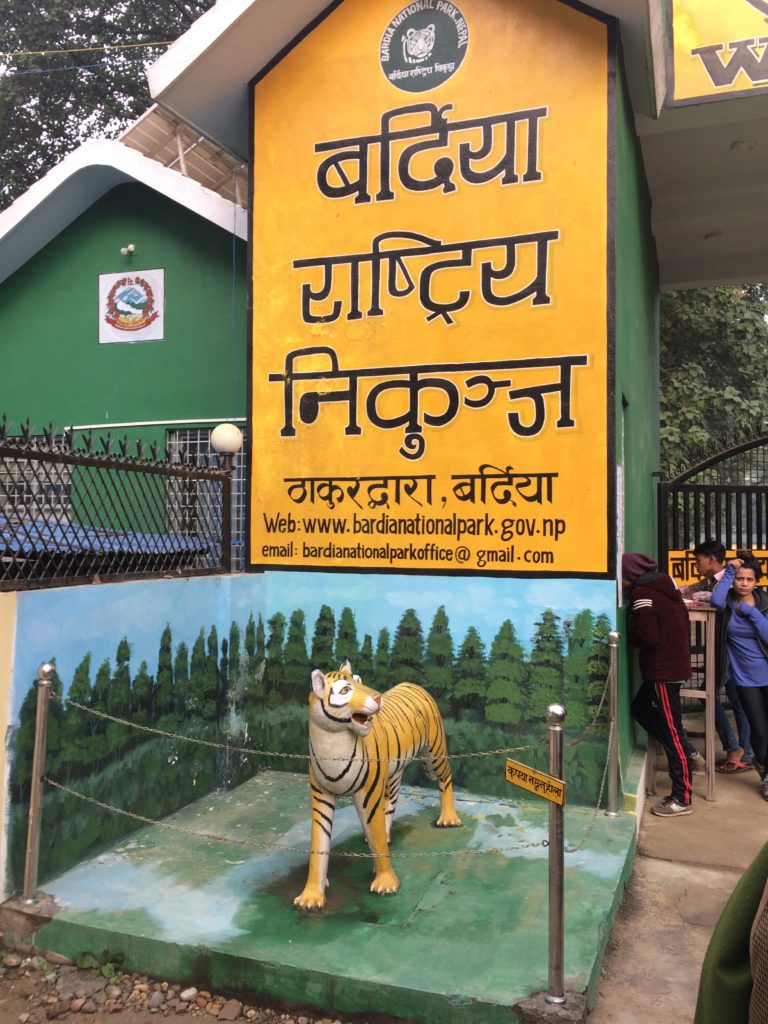
…we spotted our one and only tiger for the day.
A Lesson Learned
After traversing a tunnel, traipsing through the forest, and some swift sight-seeing in Kathmandu on our last day, I felt I had come full circle. I was ready to head home, but with an eye towards future opportunities to return to Nepal, whether for business or vacation. I will be back. But next time, you can rest assured, I will only bring what I can fit in my carry-on.

 Close
Close  Menu
Menu 